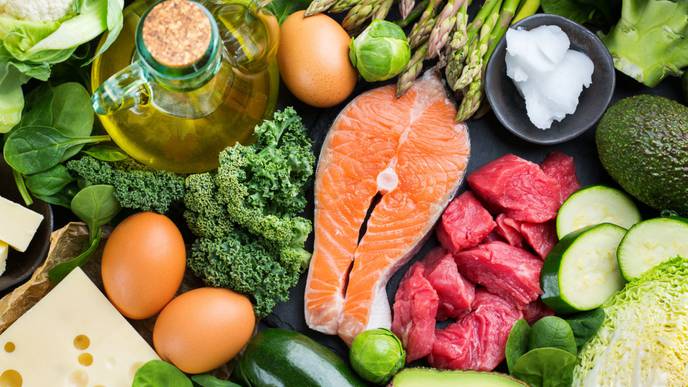
High potassium intake to reduce risk of cardiovascular diseases
Cardiovascular diseases (CVDs) are the main reason of loss of life globally. An predicted 17.8 million people died from CVDs in 2017, representing about 32% of all deaths worldwide. High blood pressure (hypertension) is a prime risk of cardiovascular diseases, in particular heart attack and stroke. Evidence suggests that growing potassium intake considerably reduces blood stress in adults. Potassium is discovered in a variety of unrefined foods, along with beans and peas, nuts, greens inclusive of spinach, cabbage and parsley and end result inclusive of bananas, papayas and dates. Food processing reduces the quantity of potassium in many meals products, and a diet high in processed foods and low in fresh fruits and vegetables is often lacking in potassium.
The researchers analyzed individual sodium and potassium excretion facts from 10,709 commonly healthy individuals (mean age, 51.5 years; 54% women) with multiple 24-hour urine samples from six prospective cohorts. The median 24-hour sodium excretion in about 38,000 urine samples was 3,270 mg. Estimated daily intake of sodium was 3,516 mg and of potassium become 3,292 mg. Over a mean follow-up of almost nine years, 571 incident CV activities happened throughout the cohort studies (incidence rate, 5.9 in step with 1,000 person-years). The incident activities included 445 CHD events (232 MIs, 213 coronary revascularizations), 136 stroke activities and 12 extra deaths associated with CV causes, in step with the results. It become pronounced that better 24-hour urinary sodium excretion become related to extended danger for CVD after adjustment for capability confounding factors. The HR for the very best quartile (median, 4,692 mg) vs. lowest quartile (median, 2,212 mg) of the urinary biomarker become 1.6 (95% CI, 95% CI, 1.19-2.14).
Higher 24-hour urinary potassium excretion become related to lower risk of CVD (aHR for highest quartile [median, 3,501 mg] vs. lowest quartile [median, 1,755 mg] = 0.69; 95% CI, 0.51-0.91), according to the results. Each day by day growth of 1,000 mg in sodium excretion become related to an 18% growth in CVD danger, even as every day by day growth of 1,000 mg in potassium secretion become related to an 18 % decrease in risk. Further, every unit growth in sodium-to-potassium ratio become related to a 24% growth in risk of cardiovascular diseases.
Photo by Karolina Grabowska from Pexels




